Everything on model trains, model railroads, model railways, locomotives, model train layouts, scenery, wiring, DCC and more. Enjoy the world's best hobby... model railroading!
Add Drama to Your Layout: Creating a Fire or Emergency Scene
If you’re looking to inject some real-life excitement into your model railroad, why not add a little drama – a fire or emergency scene? It’s one of those touches that instantly draws attention, tells a story, and brings your miniature world to life. Whether it’s a small car fire beside the highway or a full-on house blaze with firefighters in action, an emergency scene adds movement, color, and realism that can make your layout unforgettable.
Why It Works
Model railroads aren’t just about trains. They’re miniature worlds full of human activity. A well-placed emergency scene breaks up the calm of everyday scenery and tells viewers that something’s happening. It gives people a reason to stop, look closer, and imagine the story behind it. It’s the kind of detail that makes visitors point and say, “Wow, look at that!”
Scene Ideas to Try
Start small if you’re new to this. A single car accident with a police cruiser and flashing lights can look great along a highway section. If you want to go big, create a house or warehouse fire scene. Use LED flicker lights to simulate flames inside windows, and orange or red lighting beneath cotton “smoke” for an impressive glowing effect.
WATCH THE VIDEO to see how to create this burnt-out house model
https://www.modelbuildings.org/fire-department-ambulance-police-station-models
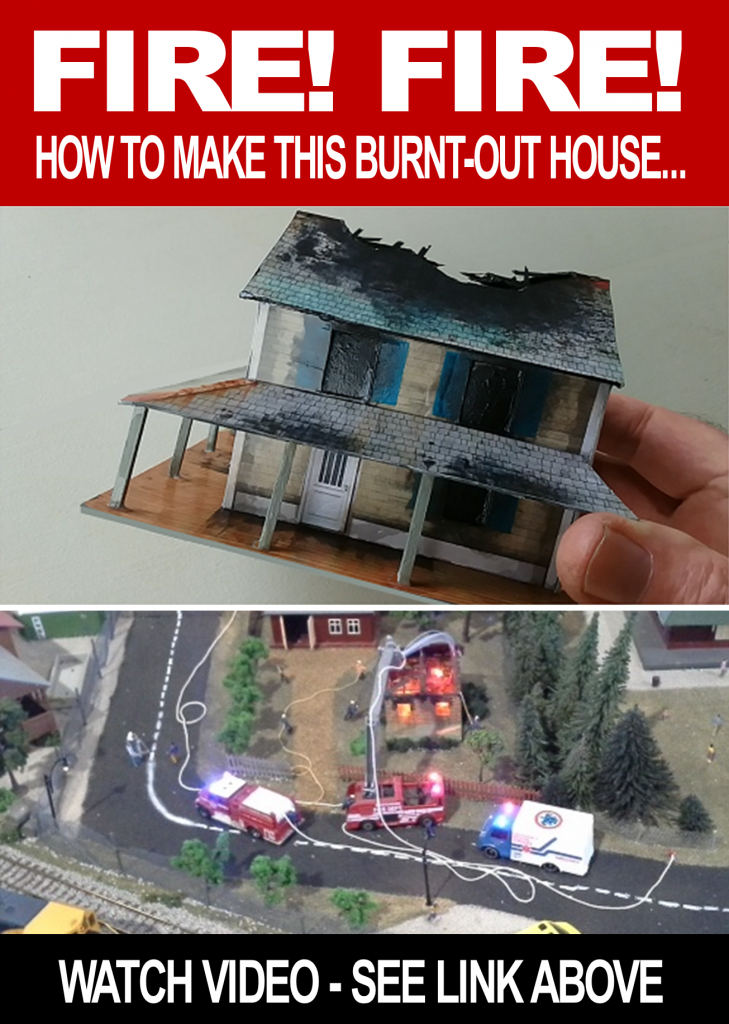
Add firefighters in action – some holding hoses, others climbing ladders, and maybe one or two handling equipment near a pumper truck. Use fine wire or thread to represent water hoses stretched across the street, and scatter a few figures of curious bystanders or reporters nearby to create that “on the scene” atmosphere.
For extra realism, include utility workers blocking traffic, an ambulance standing by, and a police officer redirecting vehicles. If you’re modeling a city scene, a fire truck racing through an intersection with flashing lights will always grab attention.
Make a Fire Station Background building, and burnt-out 3-level city building here
https://www.modelbuildings.org/city-series
Tips for Realism
Lighting is key. Use small pre-wired LED lights or a flashing light circuit to create the look of emergency beacons. A soft flicker circuit behind a building window can mimic the flickering light of flames. Smoke effects are optional, but cotton or polyester fiber teased out and lightly airbrushed with gray or black looks surprisingly convincing.
Don’t forget sound – some hobby sound modules can add a short siren or crowd murmur to boost immersion. Just keep it subtle; you don’t want it to overpower the trains themselves.
Old western style Fire House building to make here
https://www.modelbuildings.org/scale-models-old-wild-west-gold-mining-town
Also, think about the story. Maybe a freight car carrying chemicals derailed near town, sparking a fire. Or perhaps a small rural barn blaze has drawn volunteers from a nearby firehouse. Little storytelling touches like that make your layout feel alive.
The Big Benefit
A fire or emergency scene doesn’t just add interest- it adds emotion. It creates contrast, action, and a sense of realism. Visitors remember layouts that tell stories, not just ones that run smoothly. And for photographers, these scenes make fantastic focal points that highlight both your modeling skills and imagination.
So go ahead, light up your layout (safely, of course!) and give your miniature town something to talk about. After all, what’s a city without a little excitement?
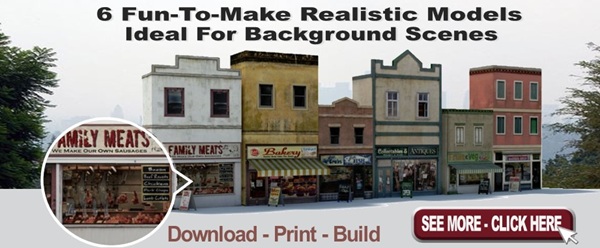






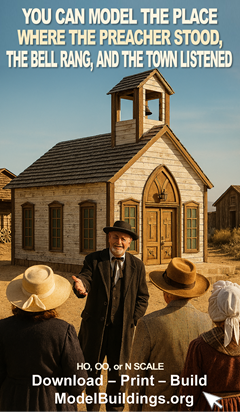
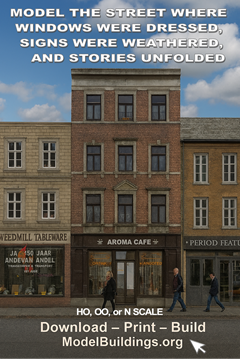
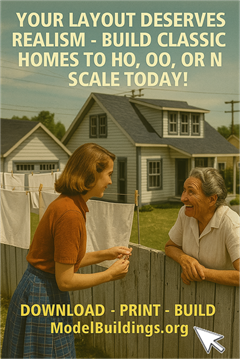

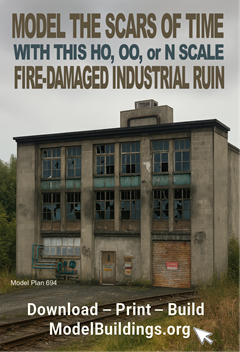
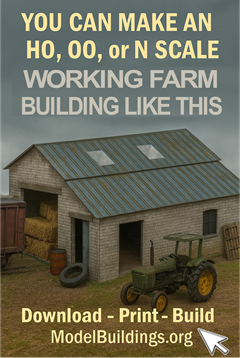
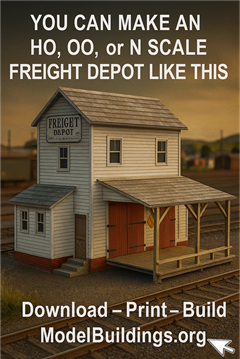
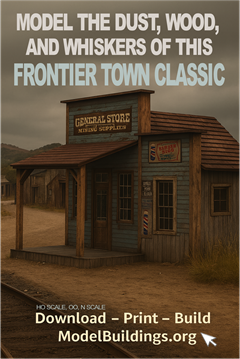
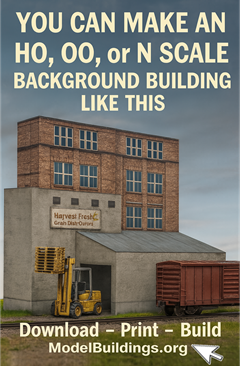
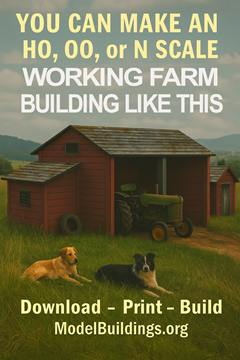

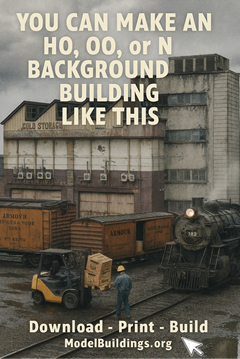
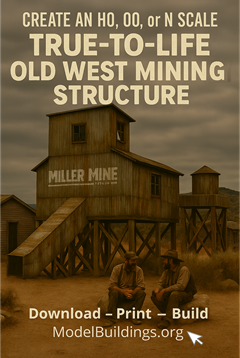
Leave a Reply